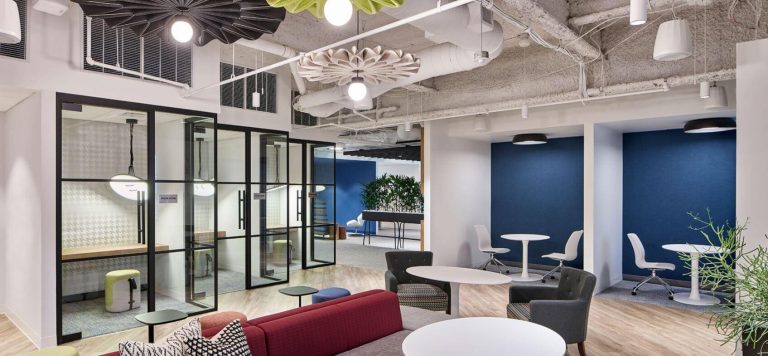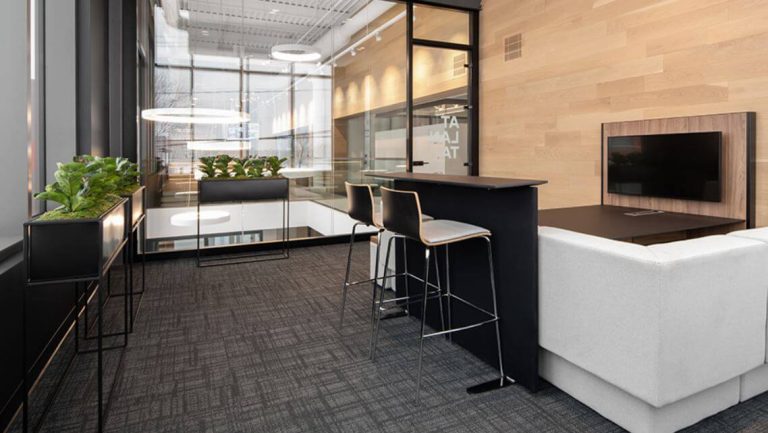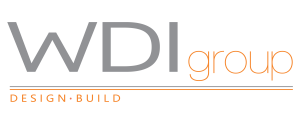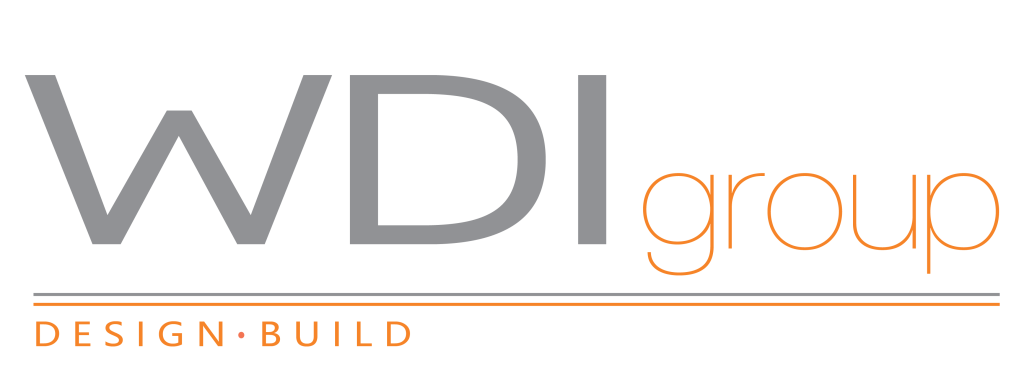What Do Offices in 2023 Look Like?

Offices in 2023 are dramatically different from what we saw just a few years ago. With the advent of the COVID-19 pandemic and rise of remote working, many businesses have had to adapt their operations and find technology-driven solutions. Amidst this period of drastic workplace changes, office design has had to evolve alongside our routines and ways of working.
In this blog we will be diving into the many ways offices have adapted to our new normal and have been shaped by a hybrid work model that demands versatility and efficiency.
The Modern Office: Balancing In-Person, Remote and Hybrid Work Models

The modern work environment has undergone a significant transformation, and offices have adapted to keep pace. Offices are now designed to support the changing needs of today’s workforce and promote productivity, health, and wellness. Here are some of the key features of modern offices.
Flexible Office Space
Gone are the days of assigned desks and cubicles. Modern offices now prioritize flexibility. Employees no longer have a single assigned desk. Instead, they choose a workspace that fits their task.
Quiet nooks support deep focus and concentration. Open-plan areas encourage collaboration with colleagues. Employees can use different spaces as needed throughout the day.
This shift toward flexible workplaces boosts both productivity and creativity. It benefits employers and employees alike.
Technology-Driven Office Environment
Technology has transformed how we work. Modern offices use advanced tools to help employees work efficiently. Voice-activated devices, virtual meeting spaces, and automation bring teams closer than ever.
AI solutions help employers streamline operations and understand team interactions. They also reveal ways to optimize the workplace.
This transformation has revolutionized collaboration and innovation in remote and local settings. As technology advances, companies gain more opportunities to succeed by building connected workplaces.
Sustainable Design
Over the past few years, sustainability has risen to the forefront of corporate strategy. Companies recognize not only the environmental benefits associated with green office design, but also the positive, non-environmental impacts on employee morale and productivity.
For example, energy-efficient lighting, low-toxicity sustainable materials, and increased natural light all contribute to an improved ambiance that makes for a cheerful and healthful workplace. By maintaining a consistent focus on sustainability initiatives in 2023, organizations can create healthier spaces for their staff that promote collaboration, comfort, and peak performance.
Health and Wellness
Before the pandemic, health and wellness were already key workplace topics. Lockdowns increased awareness of mental and physical health challenges. This made employee well-being a top priority for business leaders.
Studies show a strong link between well-being and productivity. As a result, companies are redesigning offices to promote positive employee experiences.
Ergonomic furniture, standing desks, and on-site fitness centres help staff stay healthy and productive. Additional spaces like meditation and therapy rooms help employees decompress and recharge. These amenities support better work-life balance and boost overall performance.
Collaboration and Community
Offices in 2023 focus on building community and encouraging collaboration. Open floor plans replace isolated cubicles. Shared spaces support both work tasks and social interaction.
Companies understand that fostering employee connections improves morale and teamwork. Stronger relationships boost job satisfaction and create a positive culture.
By designing environments that support performance and team-building, businesses promote happier, more productive workplaces.
Hybrid Design
In 2023, hybrid offices have become the new normal. They balance remote work with traditional office benefits. Hybrid spaces create a cohesive environment for both remote and on-site employees.
A key change in hybrid offices is fewer desktop computers. Instead, many feature monitors and HDMI cables. Employees connect their laptops, moving easily between home and office.
From emerging tech that links home and office to open spaces that boost in-person benefits, hybrid offices set a new work standard. As companies adapt to modern lifestyles, hybrid spaces help teams stay productive and flexible.
WDI Group Can Help Modernize Your Office Space
The same conditions that have caused offices to adapt to feature flexible spaces, new technologies, sustainable furnishings, fitness centres and open conference rooms have created the need for unique expertise to bring these modern offices to life.
You not only need companies with technical know-how, you also need companies open-minded enough to find solutions that are tailored to your contemporary office needs. That’s where WDI Group comes in.
With over 45 years in office construction, office design, and office furnishing, WDI Group has refined the processes needed to reimagine your office into a bustling ecosystem that promotes both productivity and well-being, while also meeting your specific business needs. So don’t wait, click here to set up an appointment today!

